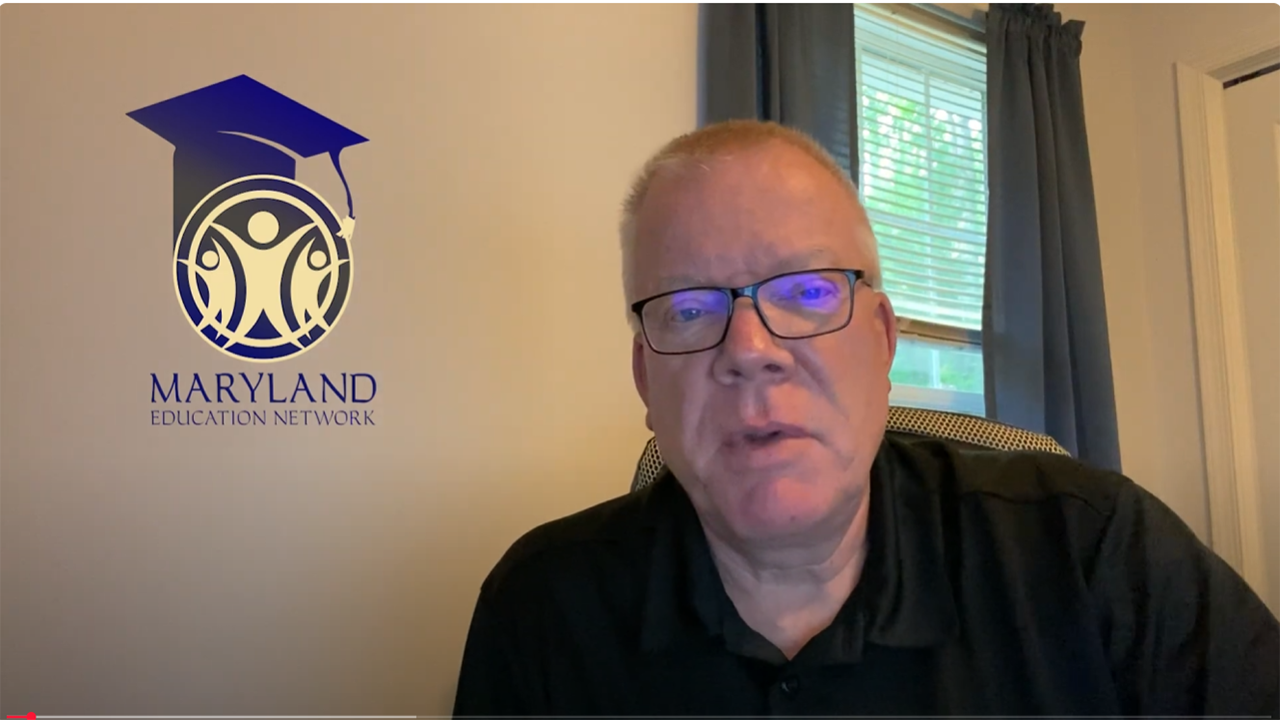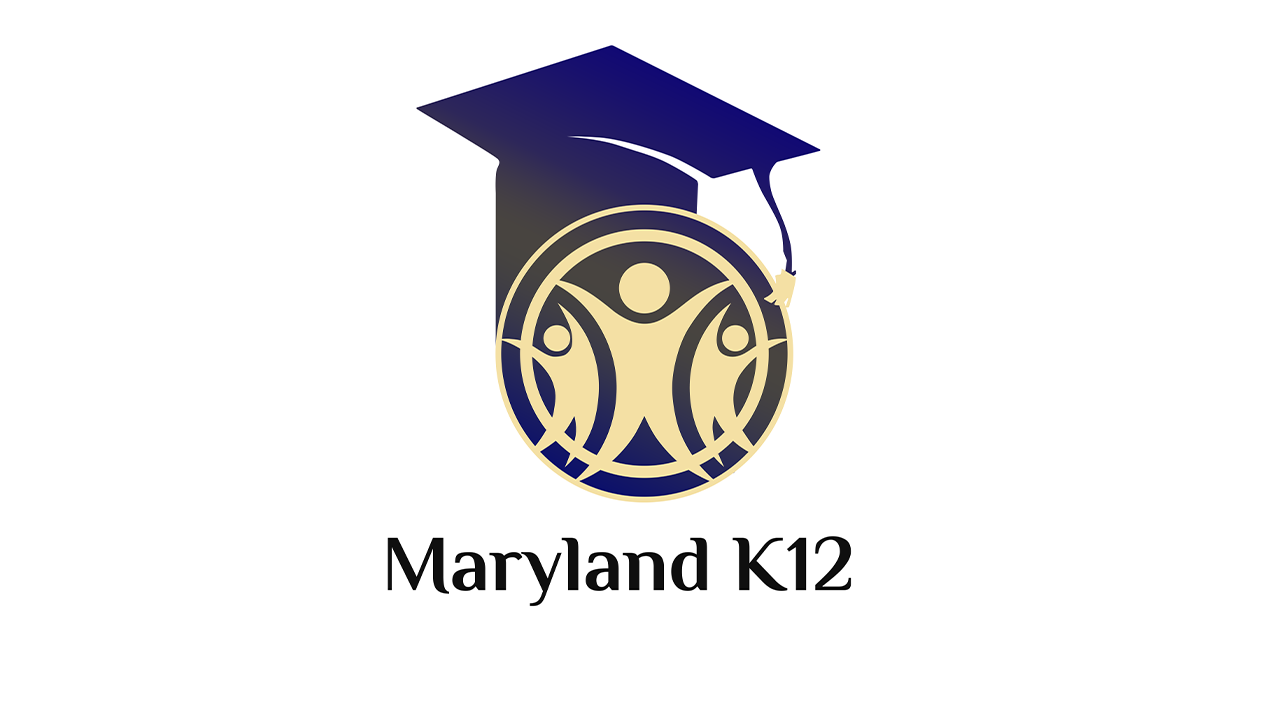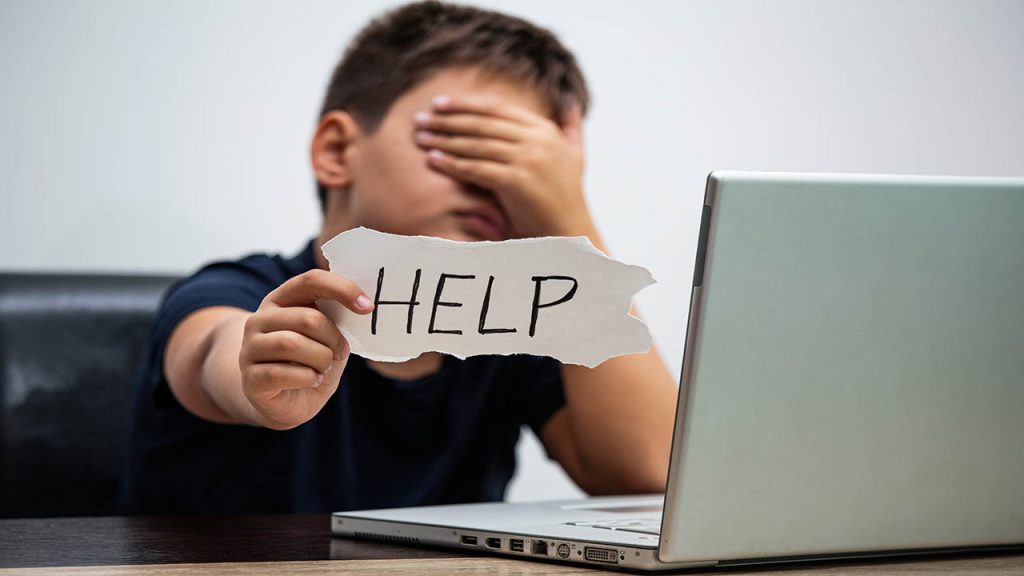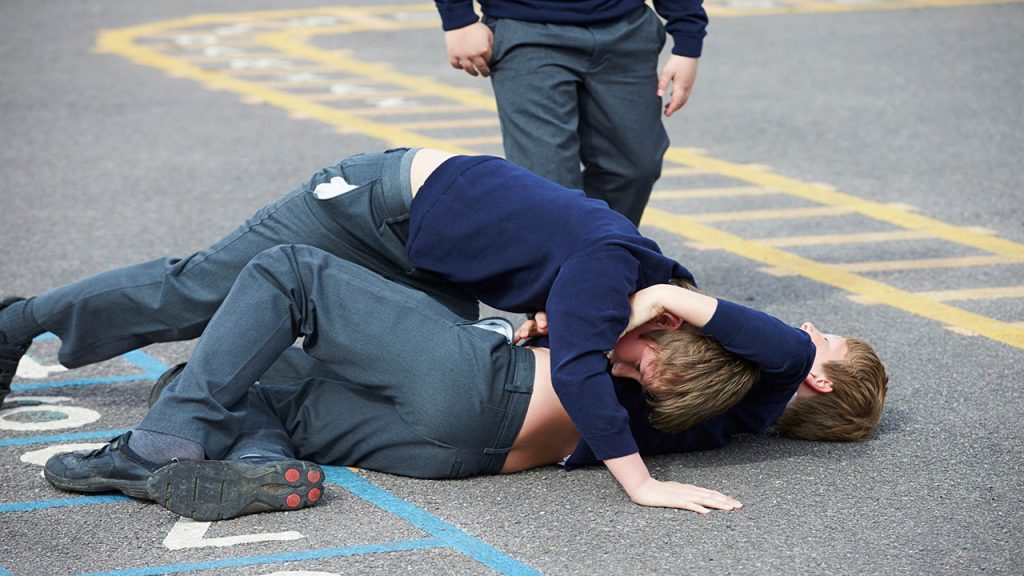
Doing Hands-On LEGO Education Projects Changed the Way I Teach
My students race their “Lunar Modules” across our classroom floor. There are cheers as some of them navigate past obstacles successfully and laughter as others crash into “craters” we’ve placed in the way. Afterward, the students hurry back to their groups to problem-solve or decide what challenge they want their creations to tackle next. They’re engaged, collaborating, and most of all, having a great time. This is what playful, hands-on learning looks like in my classroom.
I started using LEGO Education solutions with my students five years ago and, honestly, I’ve never looked back. I love the unique projects and lessons offered by LEGO Education, and my students love using the iconic bricks to create and explore. Here’s a look at five ways I’ve used hands-on learning in my classroom to make STEAM memorable for my students and build their confidence in learning.
1. We created our own carnival games to explore kinetic energy.
Watching my students problem-solve and collaborate as they tried to create carnival games that converted one type of energy into another definitely took my teaching to the next level. We built a game that would stop a ball at a specific target and a pinball-type game. Other lessons in the unit included games like mini-golf, bowling, and hockey. The unit from the LEGO® Education SPIKE™ Essential set provided me with everything I needed to feel confident as I led the kids through the lesson. I had objectives, vocabulary, a lesson plan, and the educational standards the lesson covered. My students learned so much and we all had a great time.
2. We built “animal traps” to illustrate the importance of biodiversity.

As part of a unit about food chains, we first completed an introductory lesson on producers and consumers. Then, I asked my students, “What would happen if a new animal were introduced to this ecosystem? What impact might it have on the producers and consumers currently in that area?” My students discussed the idea and agreed that it would likely cause an imbalance in the system, upsetting the biodiversity of the area. I challenged my students to build and program a device that would alert us when the animal walked by and could safely help us relocate it back to its proper environment.
3. We illustrated life cycles by building our own models.

One of my favorite things about bringing purposeful play into my classroom is how it can make lessons I’ve taught countless times before new and exciting again. This has definitely been the case with my lessons on life cycles. Each time my students build their designs, they surprise me with new ways to show their learning. Whether they’re designing an animal life cycle or plant life cycle, they always come up with something to make the project theirs and find creative solutions.
4. We learned about STEAM careers and the problems they solve.

I like to say that I’m teaching future scientists and mathematicians because the skills they learn in the classroom—like critical thinking and resilience—will be instrumental in their future careers. It’s equally important they see all the possibilities in STEAM and are empowered to rebuild the world. This free STEAM Career Toolkit allows students to hear from real-life professionals about their STEAM careers and how they use those skills every day. In each lesson, my students were introduced to a cool new job: beekeeper, ocean advocate, and race car driver to name a few. Then, they were challenged to design items that could help solve a real problem these individuals face in their careers. It’s also easy to make these more relevant to your students. I live in north Texas, so I tailored the ocean advocacy lesson toward our local rivers, why we settled in this area, and the importance of keeping our waterways clean. My students loved learning how everything tied together.
5. We problem-solved with NASA’s Artemis I mission.

When we think of a rocket or shuttle launch, we typically think of the astronauts. Students don’t often get to see the countless people that it takes to make a launch successful, from the flight director to the engineers and the ground crew. The Build to Launch series highlights these individuals and how their jobs impact NASA’s ongoing Artemis missions.
We learned about NASA’s goal with Artemis to send the first woman and first person of color to the moon. We also explored the countless careers my students could go into that could make that dream a reality. My students felt like real NASA engineers as they were challenged to complete missions and solve problems with their LEGO Education kits. They loved discovering that these were some of the same problems that engineers are working on now to make a moon mission successful. A student came up to me after one of the videos and said, “THAT! I want to do that when I grow up!”
Interested in bringing the LEGO Education excitement to your classroom? Get started here!
Dig Deeper With Our Longreads
Newsletter Sign up to get our best longform features, investigations, and thought-provoking essays, in your inbox every Sunday.
The MEN was founded by John Huber in the fall of 2020. It was founded to provide a platform for expert opinion and commentary on current issues that directly or indirectly affect education. All opinions are valued and accepted providing they are expressed in a professional manner. The Maryland Education Network consists of Blogs, Videos, and other interaction among the K-12 community.







